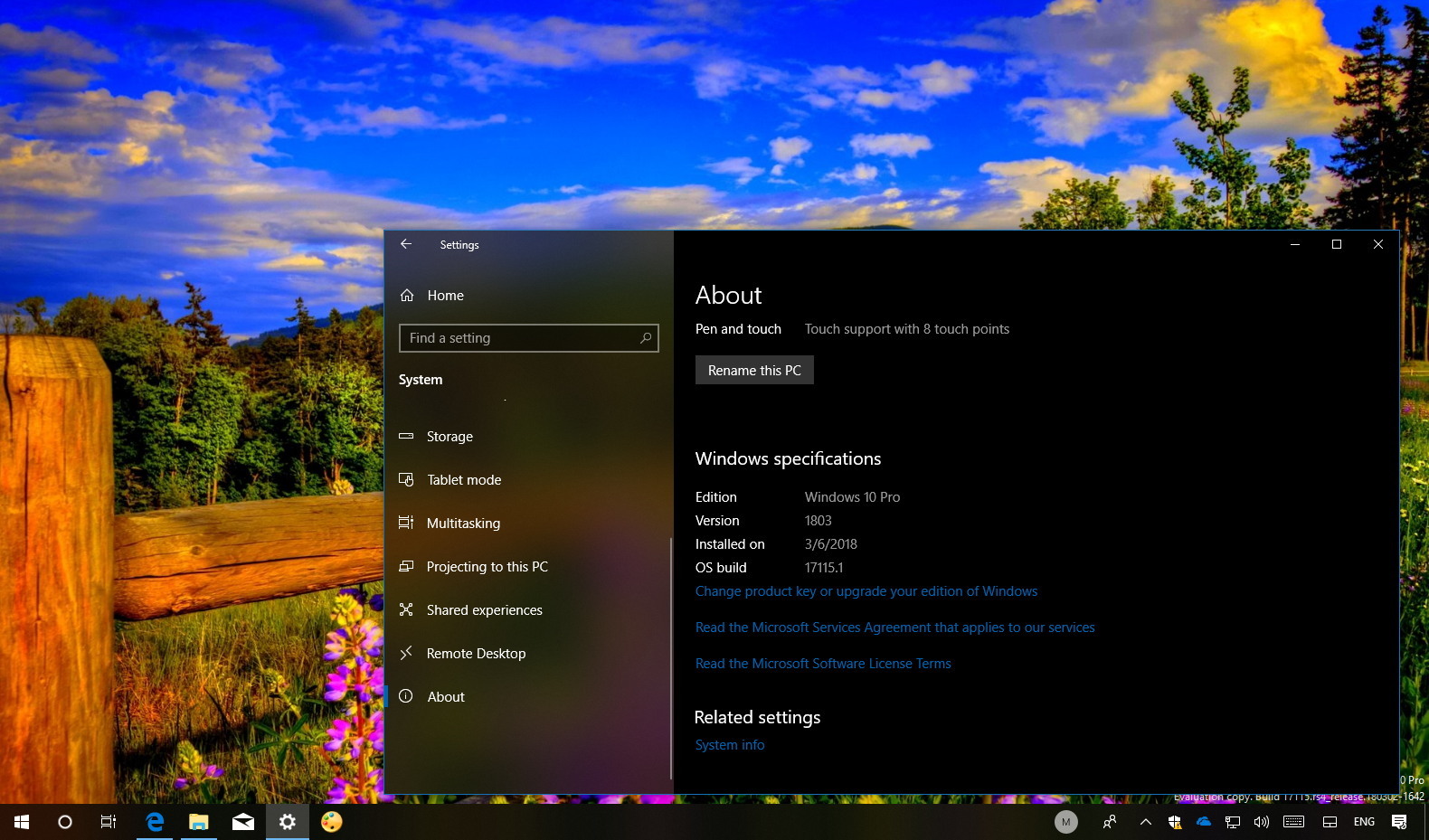

For security purposes, it could be easier to maintain physical control over the location of a USB drive running Windows 10 (which could fit in purse or pocket) than over the location of an entire computer.This sort of device could be very useful. This post discusses the option of configuring a USB drive that can run Windows 10. That procedure may be simpler than a different procedure suggested by How-To Geek (Hoffman, 2015). I'm going to try and attempt to help but it wont be easy.įollow the instructions in the thread below.Since I wrote this post, I have found that I mostly use the Update at the end. Make sure to download the MBAR version linked in it. Let me know if you're not able to launch it and run a scan. If you manage to run a scan, delete everything it finds, and then copy/paste the content of the mbar-log-DATE-(TIME).txt log that is located in the MBAR folder here after.įarbar Recovery Scan Tool (FRST) - Fix modeįollow the instructions below to execute a fix on your system using FRST, and provide the log in your next reply.

Right-click on the FRST executable and select Run as Administrator (for Windows Vista, 7, 8, 8.1 and 10 users).Copy/paste the following inside the text area:ĬMD: bcdedit.exe /set recoveryenabled yes.On completion, a message will come up saying that the fix has been completed and it'll open a log in Notepad.Copy and paste its content in your next reply. Then go to the Dashboard and click on SCAN NOW.Under SETTINGS.PROTECTION tick Scan for rootkits and make sure AUTOMATIC QUARANTINE is on.After the installation IS complete let it update if it asks.Windows Vista, Windows 7, 8, 8.1 and 10 : Right click and select "Run as Administrator".Open mbam-setup.x.x.xxxx.exe (x represents the version #) and follow the prompts to install the programme.Please download the Malwarebytes Anti-Malware setup file to your Desktop. If threats are detected, click the Apply Actions button.


 0 kommentar(er)
0 kommentar(er)
